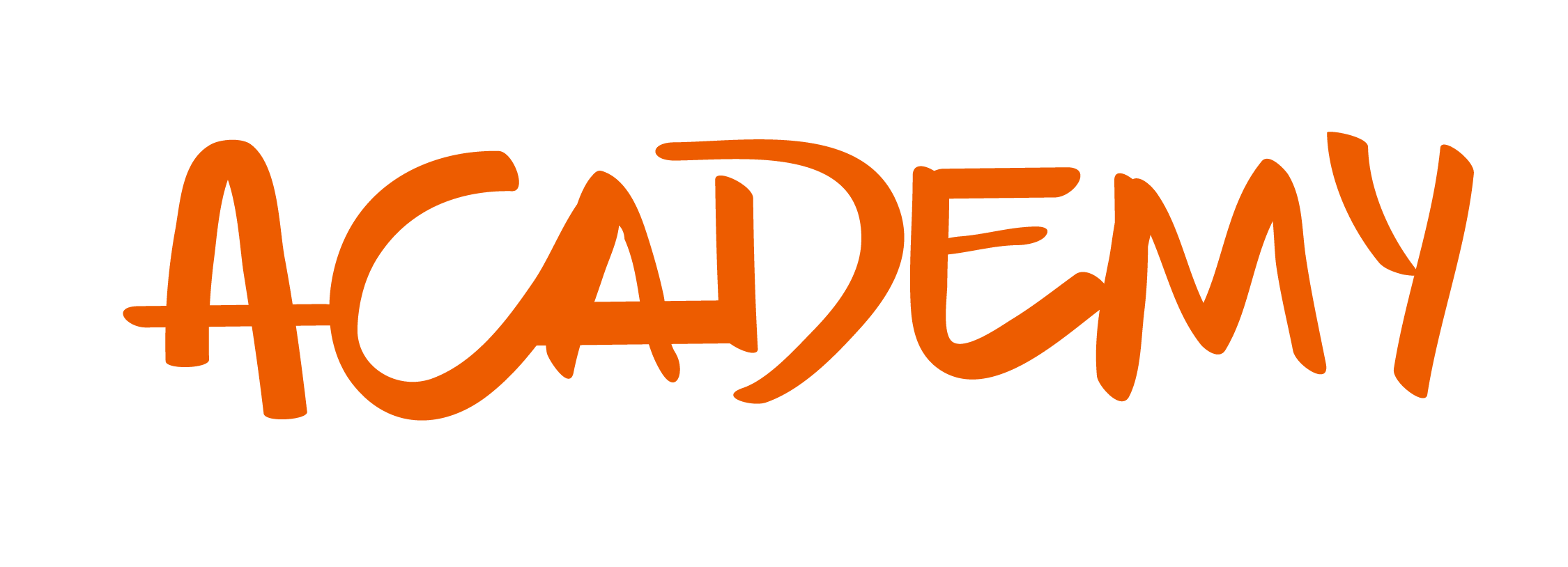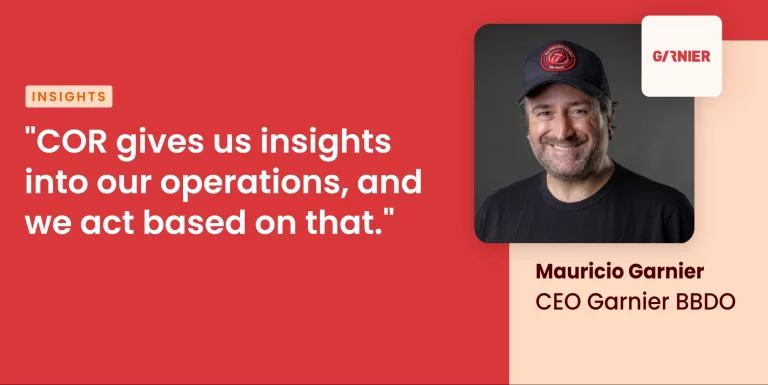A great number of people have shifted towards a remote work style, and some of them have encountered difficulties regarding productivity while being away from a regular office day. When we say difficulties in productivity we don’t mean they have stopped meeting their metrics or reaching deadlines, they may still be on top of their work. But the way they do so can be tricky: working long hours into the night, needing more hours for accomplishing tasks they previously finished quicker, a lack of personal and work-life balance, and other unhealthy habits.
This problem is especially important nowadays, moving aside from the growth of home office methods; more and more employees have a task and metrics-centered workday than a time-dependent one. Aside from customer service jobs, or shifts schedules. In today’s market being productive means having produced something, be it a product, or a delivered service.
In these scenarios, people are not evaluated by how much time they spend working, rather by how much they managed to do. Productivity is measured in results and not effort, and this can be a tricky landscape if you are not experienced in using your time efficiently. On top of this, you may be asked to manage different types of tasks, multitasking each day, without counting phone calls and an avalanche of emails.
This can go both ways! You may know someone who can juggle several tasks at the same time, and even manage to finish them before the estimated times. If you find yourself asking “How can they do this?” and not having enough time in the day, we have brought together some productivity tips that can help you understand how to be more productive.
What Is Time Management?
Time management is at the center of productive individual strategies. Some of them may not even be doing it consciously as a work method, but are employing effective strategies they used in their academic careers or personal productivity. Their results are usually a reflection of how they organize their day and weeks. Productive people can accomplish tasks in a faster way than folks who have trouble with time management.
So, what exactly do we mean when we say time management? It’s a simple way of distributing time in an organized manner between activities, allowing the person to reach their goals and increase productivity while keeping their stress levels low and their job performance high. And all of this without compromising their personal life or jeopardizing their work-life balance.
High achieving people have learned and put into practice certain habits that allow them to do more in less time, in other words: they understand how to work smarter, not harder. Some of them can even seem to be working less, but that’s just a mirage. This is a skill that can perfectly be learned and put into practice, the degree of success will depend on varying factors of course. But we want to be clear, there are multiple methods, tactics, and tricks you can learn in order to increase your productivity, some are very simple and small changes, and others involve being more conscious and precise in everyday life.
Time Management Planning
This will be a journey in which you will be able to create a strong foundation to achieve new healthier habits in your life. Some of these tips can even help you organize your personal and off-work time as well.
The first step into managing your time efficiently is making a Time management diagnosis. Knowing where you are spending your time can be a powerful ally. There can be a significant difference between what you think consumes your hours and what actually does. We want to believe we know how much time our small tasks consume, but you can be extremely overestimating your capacity and underestimating what smaller tasks require in order to complete a whole assignment.
Imagine you need to respond to a simple email from a colleague approving a budget. A quick 5-minute endeavor, right? First, you need to check the information in order to give a correct response. Then you will formulate and write a reply. Maybe you need to CC another coworker from a different department or a client since their OK is also needed, so you locate their address. Now you proofread your mail and send it. The smaller chores that amount to the task make it more time-consuming, so the 5-minute mental allocation is grossly underestimated.
This is what can happen to every other task you carry out during your attempt at a productive day. You need to dedicate your attention to at least one day in order to catch these little moments. We recommend employing a time tracking tool, this way you can gain valuable knowledge of how much each thing you do factually takes, without bias.
Maybe you think that quick coffee break was 10 minutes, but while being at home you may lose track of time. This is not meant to turn you into a productive machine that takes no breaks! It’s meant to give you a clear idea of what you do during the day. Most often than not, people who are new to managing their own time in a home office setting will end up finishing their workday at a later hour.
This is fine if your employee or project manager is OK with it and it works for you. But you might think you will finish sooner, or maybe you wish to do so, but find yourself surprised every other day working into the evening. With a realistic timesheet, you can know what duties require more time, in order to prioritize and find areas of improvement. And maybe you will find that you can end your day earlier. This can also show you at what time of the day you are more productive, and schedule your day accordingly.
Focus on most important tasks first
Even the most organized and efficient person has 24 hours in their day. If you have a lot of work and multiple tasks to complete, no time management trick will make the load lighter. After doing a time usage diagnosis, take a moment to analyze if you need to improve your time management skills or if you need to cut out any tasks.
If you believe you are doing fine in the time management area, but can’t seem to manage the amount of work you should accomplish as your daily goals, you may need to try the 4 time management “D”s. This method can help you cut through the thick of it and clarify what it is you need to change. You will evaluate each task regarding its importance and urgent status.
- Do The important and urgent tasks.
- Defer Important but not urgent tasks.
- Delegate Urgent but not important work.
- Delete Unimportant and not urgent tasks.
This can help you prioritize your daily work, as well as the overarching goals in the near future. You can also keep a dismissed tasks record, so you don’t delete them. If you work as a team, deleting may not be a choice, so you can write them down and schedule an examination every other week, in order to see if any of them gained importance or you can tackle them if your load gets a little lighter in the future.
Visualize next week this week. Plan your day the night before.
Creating a daily to-do list may sound a little bit antiquated, with our shared calendars and real-time schedules updates with task assignments. But having a clear and transparent to-do list can be a game-changer for your routine. At the very start of the day, or previously at end of the day, write down everything you need to accomplish.
The list should be simple, and most importantly: doable. Remember you have limited time, and should not spend your entire day working. Ending your day with an incomplete list can be frustrating and disheartening, underpromising and over-delivering is better for your morale and your overall schedule. If you oversaturate your day and underperform your next day’s list will start growing, as well as the one for the day after tomorrow, and so on.
That last issue is why you should also start planning your week on Sunday. If you start your workweek with a clear idea of what your priorities are you can allocate them in the way that suits you best. You could prefer to start the week with the hardest tasks in order to get them out of the way or to distribute them evenly across Monday through Friday.
Having said that, it is recommended to assign low priority tasks on Friday, to do the “real work”, the demanding and creative tasks on Tuesday and Wednesday, and to schedule zoom meetings and brainstorming sessions on Thursdays when the team’s energy is declining. Monday and Fridays work well for networking and planning ahead. Getting a hold of the planning on Sunday can ease the transition between the weekend and the start of the workweek, as well as help you organize your personal affairs. If you have a doctor’s appointment on Wednesday that cuts your workday in half you already know you should allocate 2 medium-demand tasks instead of 1 extremely demanding one. You won’t be caught by surprise.
Keep a distraction list to stay focused
In between emails, multiple to-dos, unassuming tasks, social media notifications, calls, and meetings, it is extremely easy to get distracted when trying to be productive. This can happen within deeply demanding tasks or small chores, wherever distractions happen they can stop a peak productivity moment and put an end to an otherwise productive workflow. They can greatly hinder any attempt of generating healthier work habits and increase procrastination.
A great way of keeping distractions at bay is to maintain a distraction list. It can be a physical one, a Google Doc, or any other sort of note-taking app on your computer or phone. Keep the list right next to you if it’s on paper, or at hand with a desktop shortcut if it is digital. Here you can write down any distracting thought as it pops up, jot it down quickly without dedicating any thought to it, and keep on working. This is a trick that originates with the Pomodoro Technique, and it is extremely effective.
Most of the time distracting thoughts are important and can even be a valuable idea later on. They can encompass things like remembering you need to add eggs to the shopping list, or a solution to a current work-related issue. Some of these deserve attention, but not right now. This way you can keep them and read them at a later time of day and maybe add them to your to-do list while maintaining your productive moment.
Manage your energy: Take breaks
No person is capable of focusing for 8 straight hours, it is not possible. Even if you implement the most proven and effective tips and tricks, work needs to be divided into smaller blocks of time. Taking breaks is necessary and it also keeps people in a more productive mindset when going back to work, even if they are just a few minutes long.
A good way of taking a few-minute break and maintaining productivity is to schedule a deliberate and structured break time.
If you don’t do so it can be very easy to transform any distraction into a break. Having them scheduled can help you from keeping distracted. This is only natural. Some tasks are simply boring, nothing to do about it but sit down and keep grinding. It is in these deep work moments that the impulse to take a breath appears through the monotonic work. Being proactive when taking breaks can help reduce the amount of time you dedicate to your overall workday.
We, at COR, understand perfectly well why productivity can be hard. Our current workloads have become more complex over the years. That’s why we made it our mission to make it easier to be more productive in less time. With our time tracking feature manually filling timesheets is a thing of the past, and this data is saved and analyzed by our AI-powered solution in order to generate time estimation for how much time each task will require for completion. This way you can schedule your work accordingly, avoid talent oversaturation, and maintain clear and transparent deadlines.
Our solution shows how much work, in time, not tasks, a collaborator has already been assigned, so the PM can know at a simple glance if their plate is full and avoid burnout. Our simple and user-friendly dashboard displays the tasks for the week, so there are no sudden surprises for the talent and they can manage their calendar in advance. We believe healthy employees come up with the best ideas. If you want to take a step in the right direction, request a demo today, and see how we can help you achieve a better work environment.














